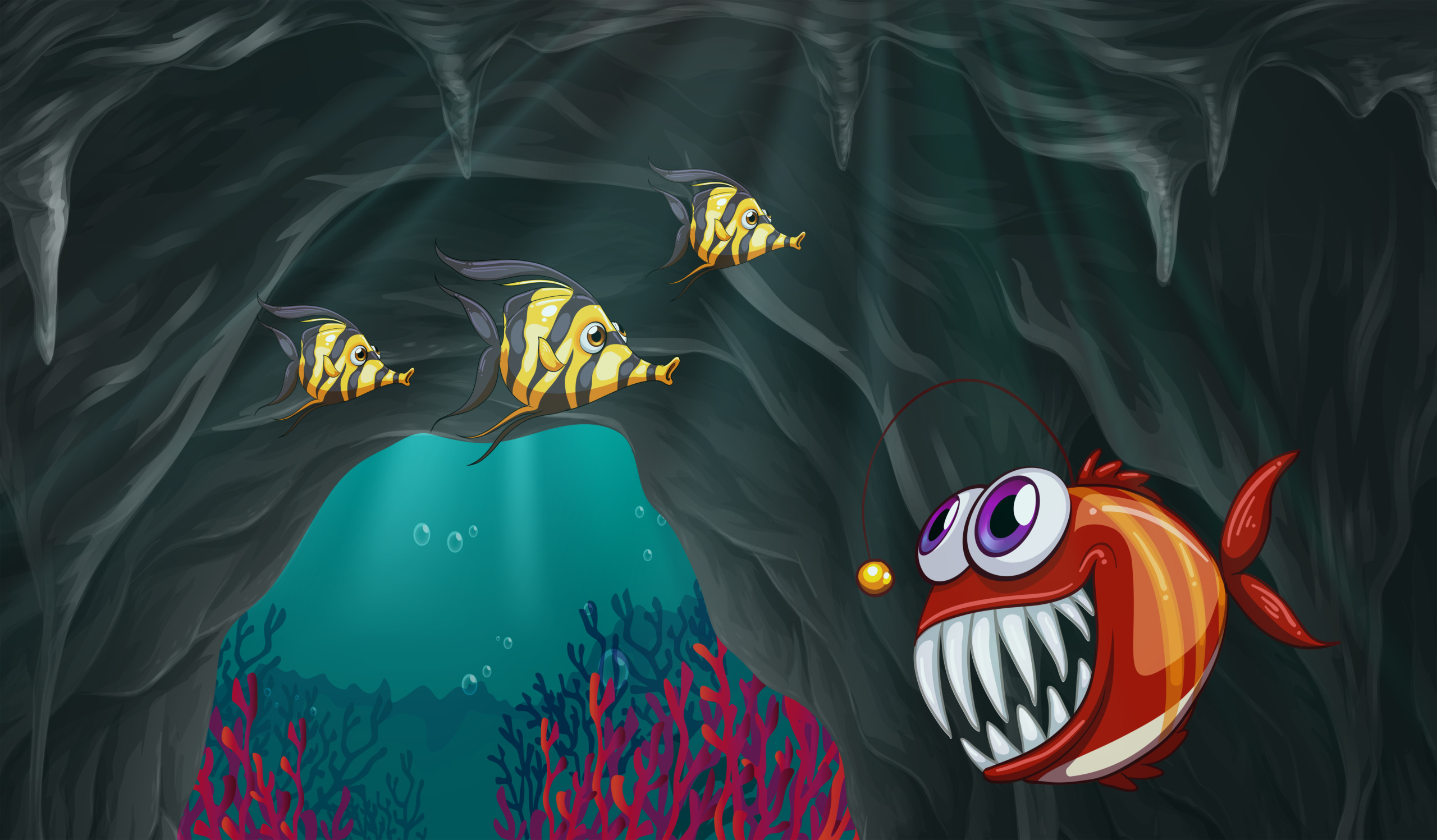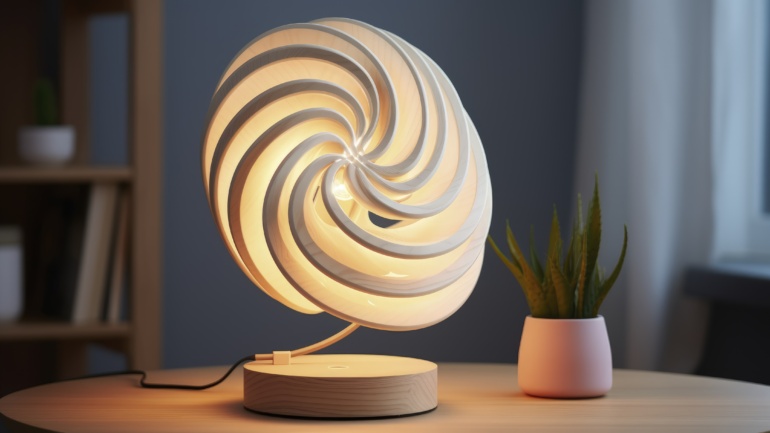Title: The Hidden Artistry of Fish Clipart: A Dive Into the Underappreciated World of Fishy Designs
Fish clipart. It sounds like something so simple, so basic, it’s almost unworthy of any real consideration, doesn’t it? Maybe you’ve seen it floating around in your Google image search results when you were looking for something else entirely, and you thought, “Oh, that’s cute,” before clicking on something shinier. Or perhaps, you’ve been on the other end of the design spectrum, and you’ve searched through countless fish images, desperately trying to find the perfect one for your project, only to realize that there’s more to the humble fish clipart than meets the eye.
Let me stop you right there. Because what if I told you that fish clipart, in all its humble black-and-white simplicity, has a depth (pun intended) that goes far beyond mere decoration? What if I said that this little fish, whether it’s a sleek goldfish in a bowl or a detailed, monochrome trout, could actually unlock the very secrets of design, creativity, and maybe even life itself?
Okay, okay—I might be getting ahead of myself. But trust me on this one: fish clipart is not just for elementary school projects or kids’ art supplies. It’s more than that. And I’m here to convince you why this seemingly simple design choice deserves a little more respect. So, grab your fishing rod (or your stylus, in this case), and let’s take a dive into the deep, metaphorical waters of fish clipart!
The Unsung Hero of Clipart
When we think of clipart, we often think of the old-school stuff: the clipart that used to come in packs on floppy disks (yes, I’m that old), the kind of clipart you’d stick in a PowerPoint presentation when you couldn’t be bothered to create your own images. It’s simple, maybe a little cheesy, but always reliable. Fish clipart is a perfect example of this. It’s iconic, accessible, and—if used correctly—surprisingly effective in creating beautiful, engaging designs.
Whether it’s the delicate lines of a black-and-white fish illustration or the playful pop of a colorfully animated fish bowl, there’s an inherent charm in these images. The simplicity of fish clipart is its strength. It’s an art form that doesn’t overcomplicate things. It gets the point across with a few well-placed strokes or a few neat pixels. There’s beauty in that, in knowing that sometimes, less is more.
Fish clipart has been a staple of design since… well, since the first fish was drawn. And yet, despite its ubiquity, it rarely gets the credit it deserves. Think about it: fish clipart is there when we need it, whether it’s decorating a kids’ birthday card or adding a little flair to a website design. It’s always swimming in the background, quietly doing its job without ever asking for the spotlight. But today, we’re going to change that. Today, fish clipart gets its moment to shine.
The Fish Clipart Renaissance: From Boring to Brilliant
Alright, I get it. You might still be thinking, “But it’s just a fish. What can I really do with that?” I’m so glad you asked. Because fish clipart is one of the most versatile, flexible images you can incorporate into any design project. Let me paint you a picture (pun definitely intended):
- The Minimalist Touch: Imagine you’re designing a sleek, modern website, and you need just one little splash of color to break up the monotony. What do you do? You could go with a boring geometric shape or an overly complex image that might distract from the rest of your design. Or—you could go with a simple, clean fish clipart image. A black-and-white koi fish swimming across the page can act as the perfect, subtle visual element to guide the eye without overpowering everything else. It’s understated, yet impactful.
- The Playful Pop: On the flip side, fish clipart can also be fun. Think about designing a flyer for a beach party or a child’s summer camp. You need something lighthearted, something that screams “fun in the sun!” And what better way to do that than with a brightly colored fish bowl clipart? Imagine vibrant, cartoon-style goldfish swimming around inside a cute little bowl with bubbles rising to the top. Instant joy, instant whimsy. Fish clipart can easily add that playful touch to any project, especially when paired with bold typography and bright colors.
- The Vintage Charm: Now, let’s talk about nostalgia. Fish clipart is a little retro, but in the best way possible. Remember the old-school greeting cards you’d get at birthday parties, with the big, bubbly letters and overly-sweet designs? Guess what? Fish clipart was all over those cards. And today, that nostalgic feeling can be harnessed to create a vintage-inspired design. A simple fish outline with distressed edges, paired with some old-school fonts, can take your design straight back to the ’90s—or even earlier.
- The Symbolic Layer: This one is for the deep thinkers out there. Fish symbolism has a long and rich history in art and culture. In Christianity, the fish represents faith and abundance. In Eastern cultures, the koi fish symbolizes perseverance and strength. By using fish clipart in a more subtle, symbolic way, you can add layers of meaning to your designs. A single black-and-white fish illustration can convey so much more than just an image of an aquatic creature—it can evoke thoughts of spiritual strength, resilience, or even hope.
How to Make Fish Clipart Work for You
Okay, so now you’re probably sold on the idea of using fish clipart in your designs. But how do you actually use it without it looking like you just slapped an image on there for the sake of filling up space? Simple. Here are a few pro tips:
- Size Matters: The beauty of fish clipart is that it can be used in all sorts of sizes. You can make it tiny and minimalistic, or you can blow it up for an eye-catching effect. Just be mindful of scale—if you’re designing for a website, you don’t want your fish to dominate the page unless that’s the whole point.
- Use Layers: Layering is your best friend when it comes to making fish clipart work in modern design. Try combining different fish images on top of one another or layering them over a background with some texture. This can create depth and make your design feel a little more dynamic.
- Mix and Match: Don’t feel limited to just one fish clipart. Mix a few different fish together to create a school of fish effect. Or, you could combine fish with other clipart items—maybe some waves, water droplets, or even a fishing rod. This can make your design feel like a cohesive whole, rather than just a random collection of clipart images.
- The Right Color Palette: If you’re using colorful fish clipart, make sure the colors work well with the overall design. Think about what the fish are trying to convey. Bright, neon fish might work for a playful design, while more muted, pastel fish could be used for something calming or sophisticated.
Fish Clipart in Popular Culture
Let’s not forget that fish clipart has also made its mark in popular culture. You’ve probably seen it floating around in memes, social media posts, or even in various art projects. Remember the “fish bowl clipart” phase of Tumblr? It’s not just a design choice; it’s part of a larger visual language that’s become ingrained in the way we communicate online. Fish clipart has this universal quality that makes it approachable and fun, no matter where it shows up.
From social media posts about mindfulness (yes, fish can be zen too) to quirky brand designs that lean into aquatic themes, fish clipart has made its way into the creative lexicon. It’s like that one friend who is always a bit offbeat but somehow ends up being the coolest one in the group.
The End of the Line?
So, there you have it. Fish clipart—once dismissed as basic or boring—has so much more to offer than meets the eye. Whether it’s through its minimalist design, its ability to evoke emotion, or its undeniable versatility, fish clipart deserves a place in your creative toolbox. The next time you’re in need of a simple but effective visual, don’t overlook the fish. It might just be the thing that makes your project swim above the rest.
In the end, it’s not just about the fish. It’s about how we choose to use it—how we bring our ideas to life, how we see the potential in something that may seem trivial at first glance. Sometimes, it’s the simplest things that make the biggest impact. So, dive in, and let the fish guide you.


